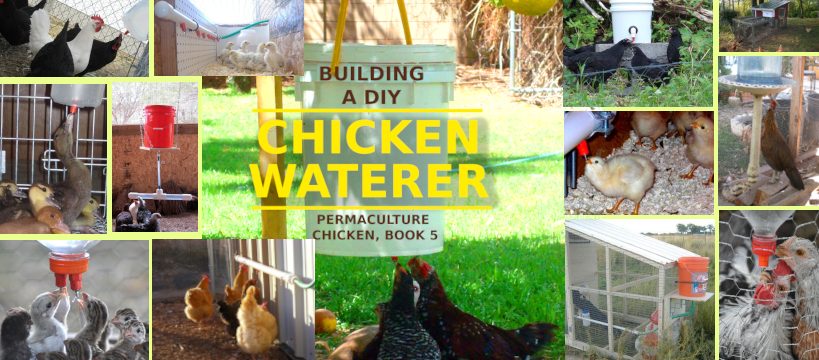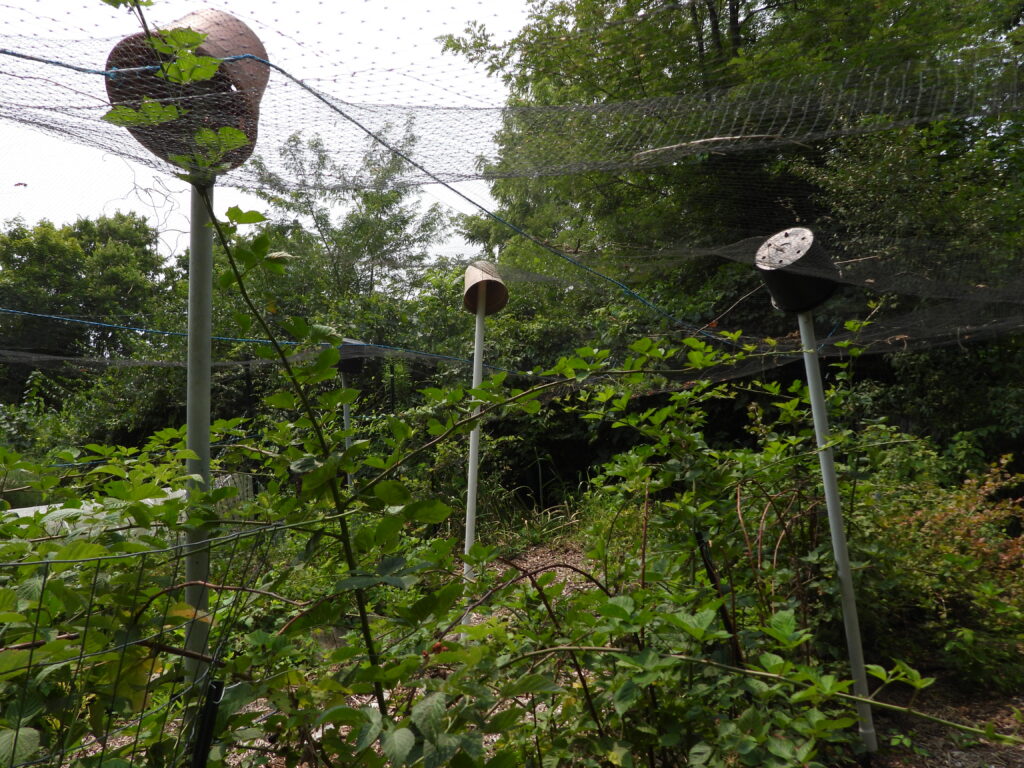
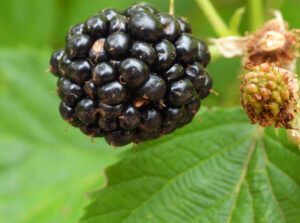
Our berry enclosure has been unsuccessful at keeping out chipmunks but successful at keeping out birds. So we moved our strawberries (aka chipmunk magnets) to a different setup and are using the space left behind for blackberries, raspberries, and gooseberries.
This year, we’ve had great harvests from all of our berries, which means I visit the berry enclosure a lot. And that also means bird netting rubbing against my head every time I take a step turned into a drag. Time to solve that problem once and for all!
My first step was to look back through old Walden Effect posts, where I found this great solution in another gardener’s berry area. Now, how to recreate it to mesh with our existing setup?
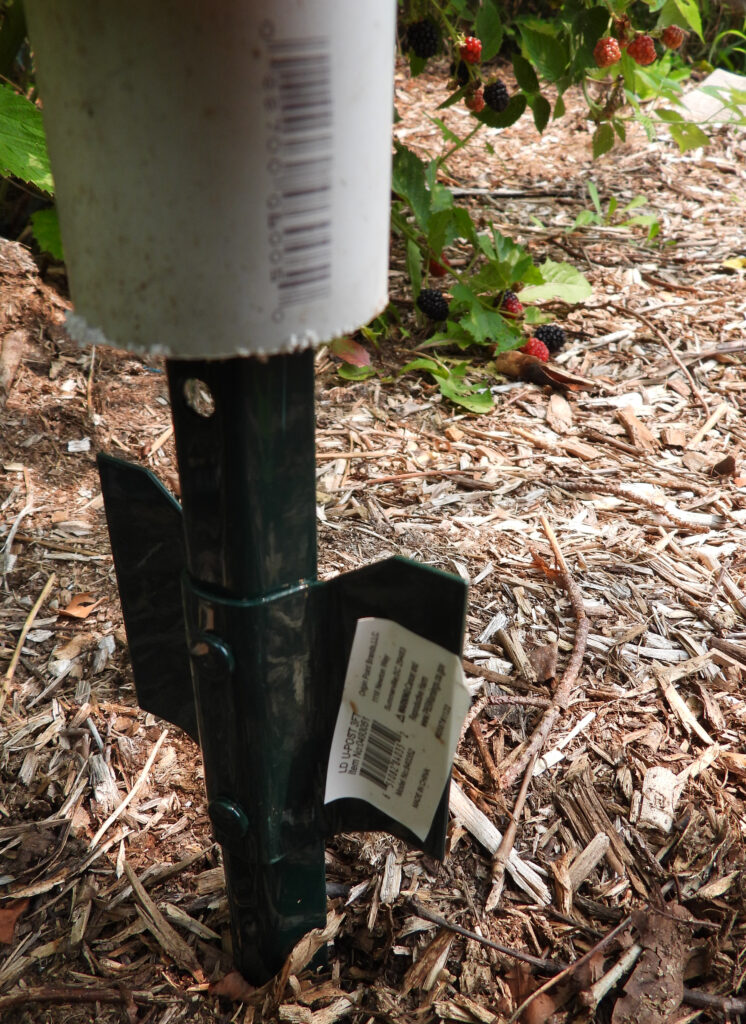
We had a lot of 10-foot PVC pipes lying around, purchased when we thought we’d need to extend our garden fence to 10 feet to keep out deer. That turned out to be unnecessary, so I decided to repurpose the pipes into berry-netting supports.
Next, we need to find a U-post that would slide easily inside the pipes. The cheapest, shortest ones were a fit!
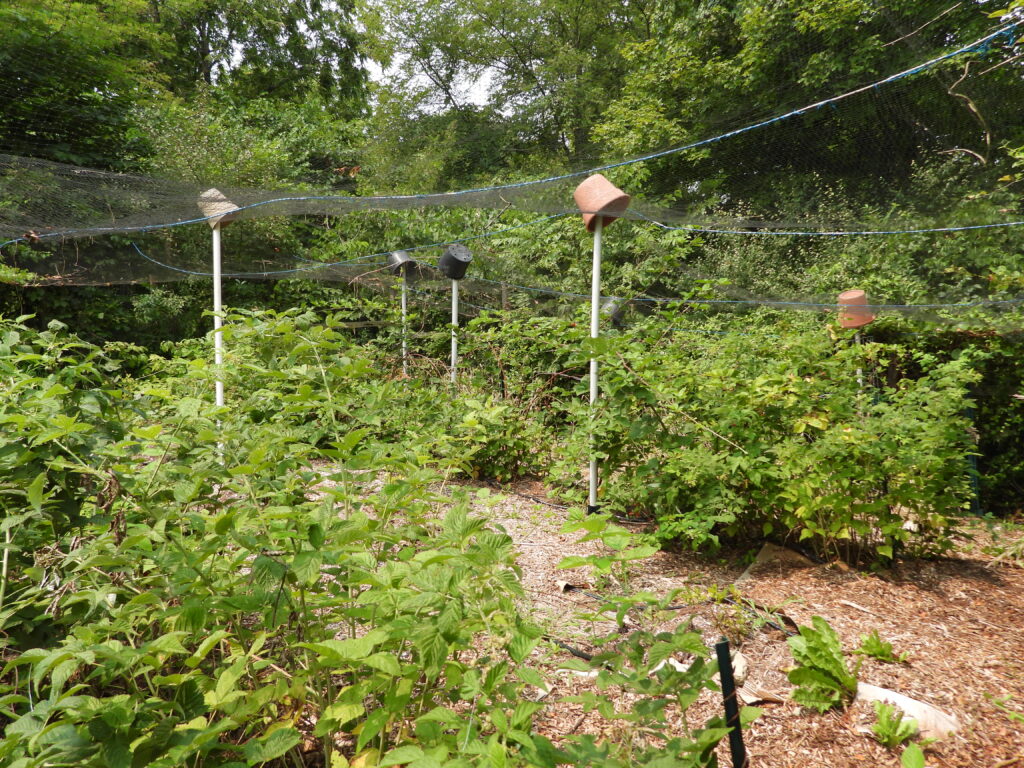
I ended up cutting a couple of feet off each PVC pipe before sliding it onto the post since there was only so much wiggle room in our existing system. If you’re starting from scratch, you can probably use the full height.
Last step was to plop old plastic flower pots on top of each pipe to spread out that pressure point and prevent pipes from poking through netting if leaves fall before we take our setup down. If you repeat this, be smarter than I was — don’t stare up at the flower pot as you raise the pole into place or you’ll end up with an almost black eye!
We’re thrilled with the result, although the enclosure still has one big flaw. Honeysuckle has taken over the fence edges and each season it expands to twine into our berry netting. We’re still working out solutions on that front. In the meantime, eating lots of berries is a great reward for not-so-hard work.
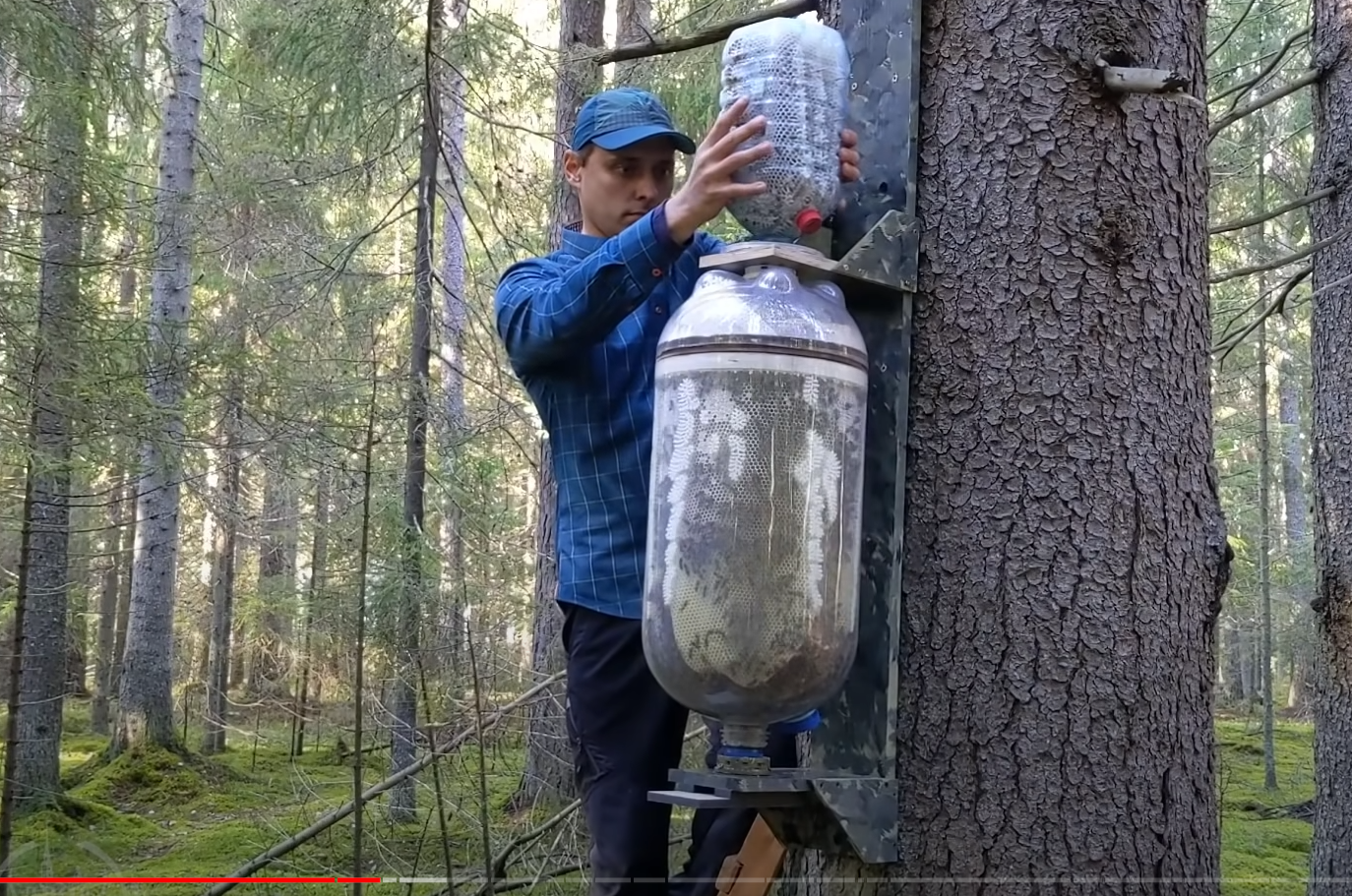
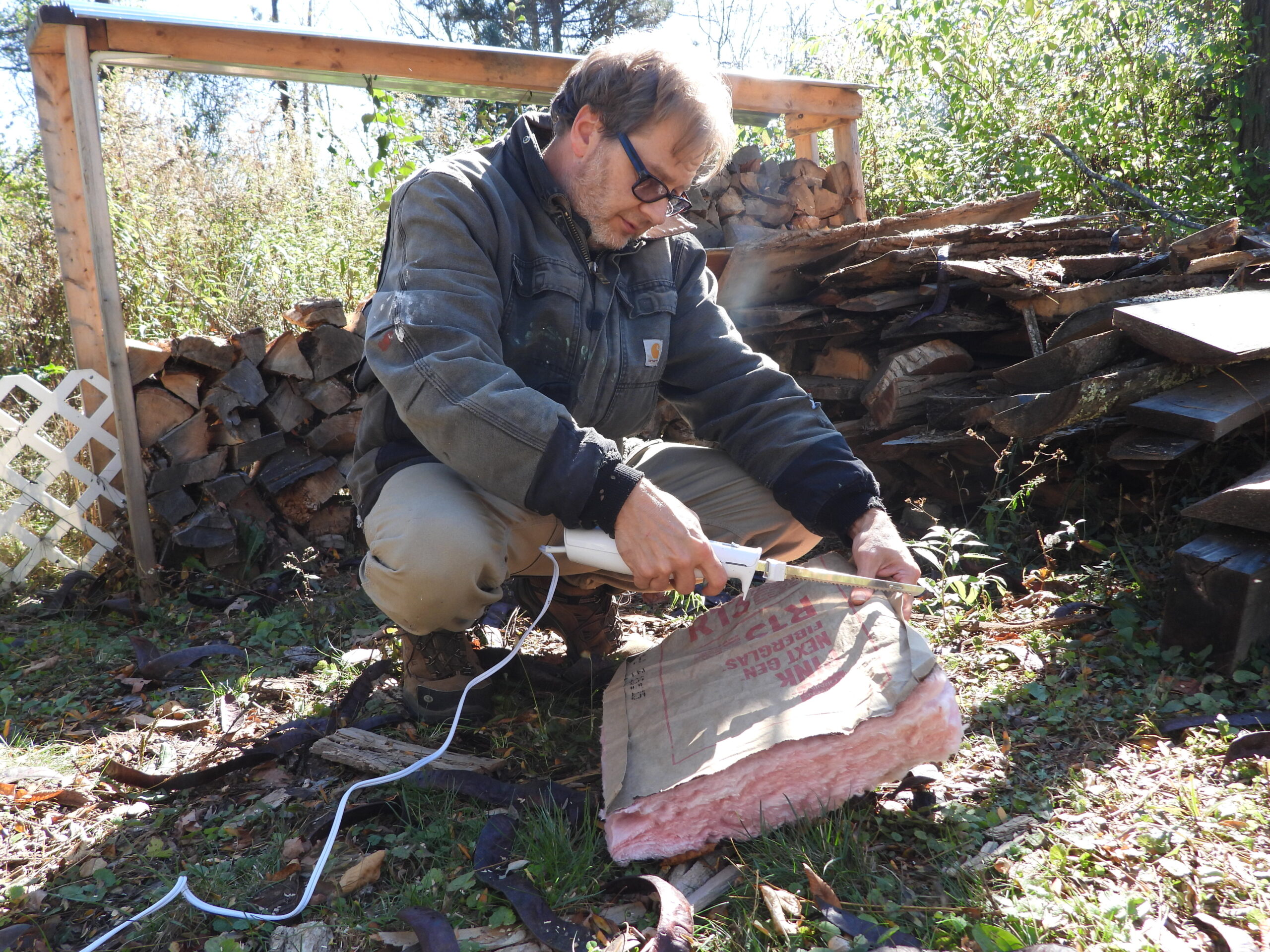
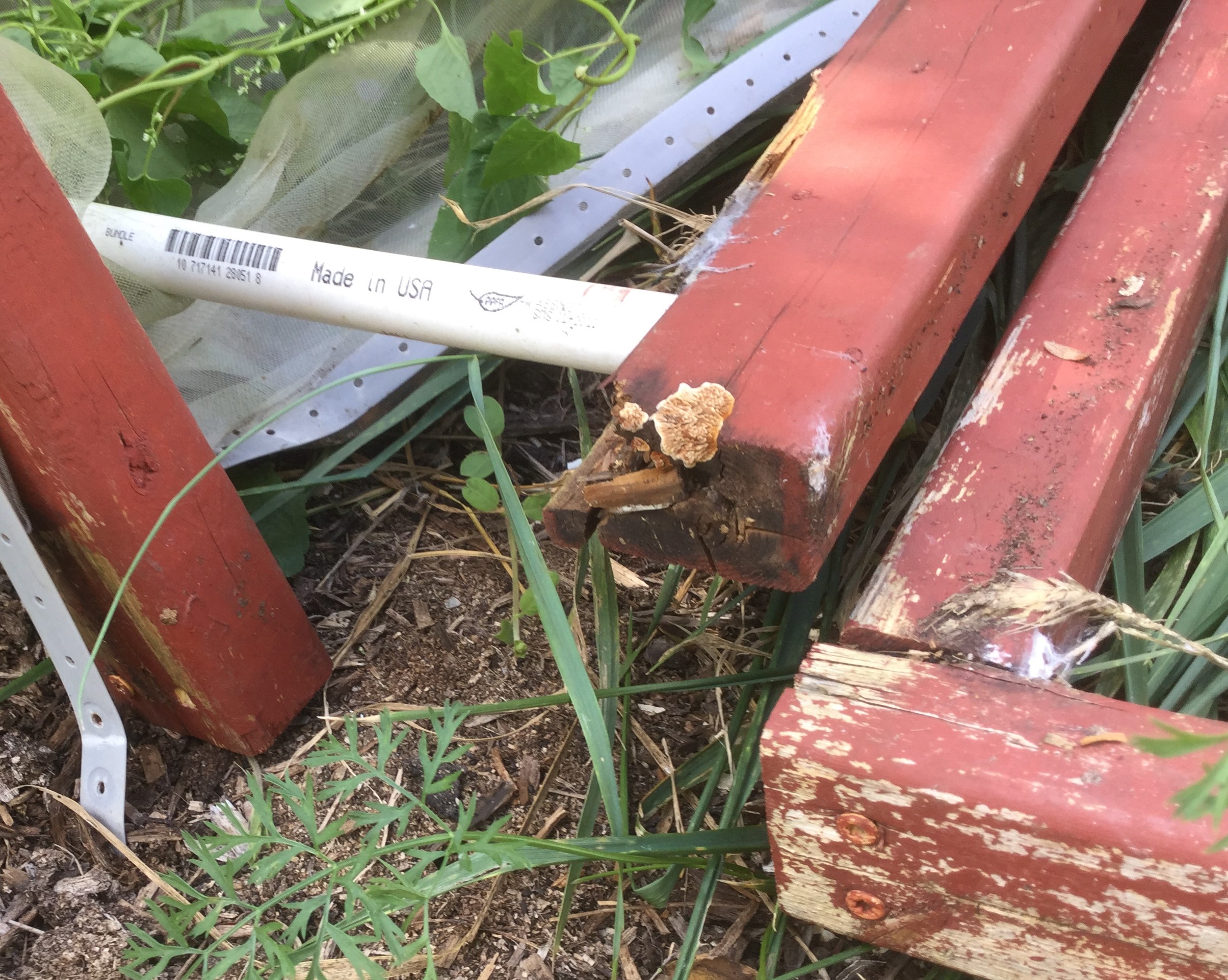
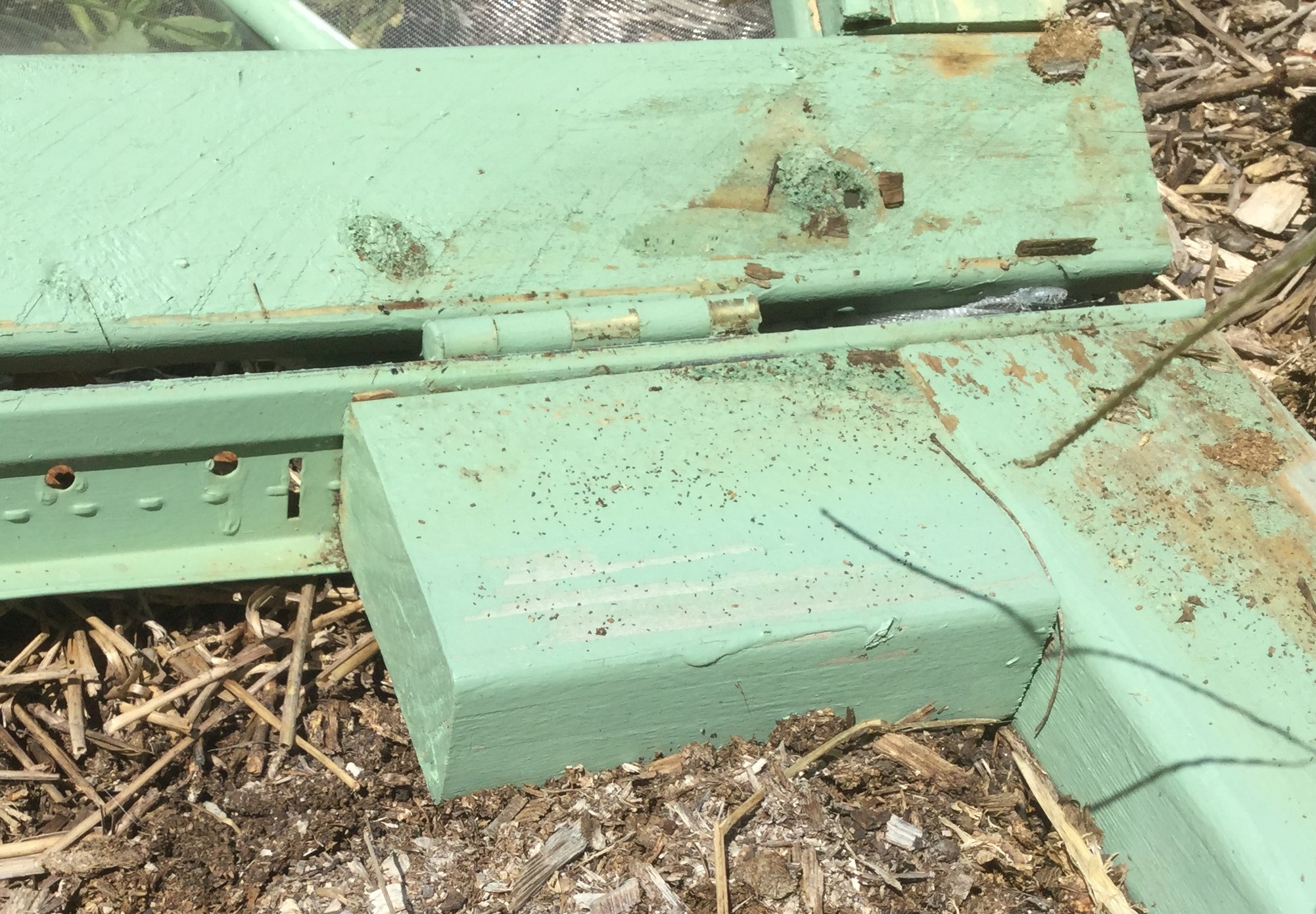




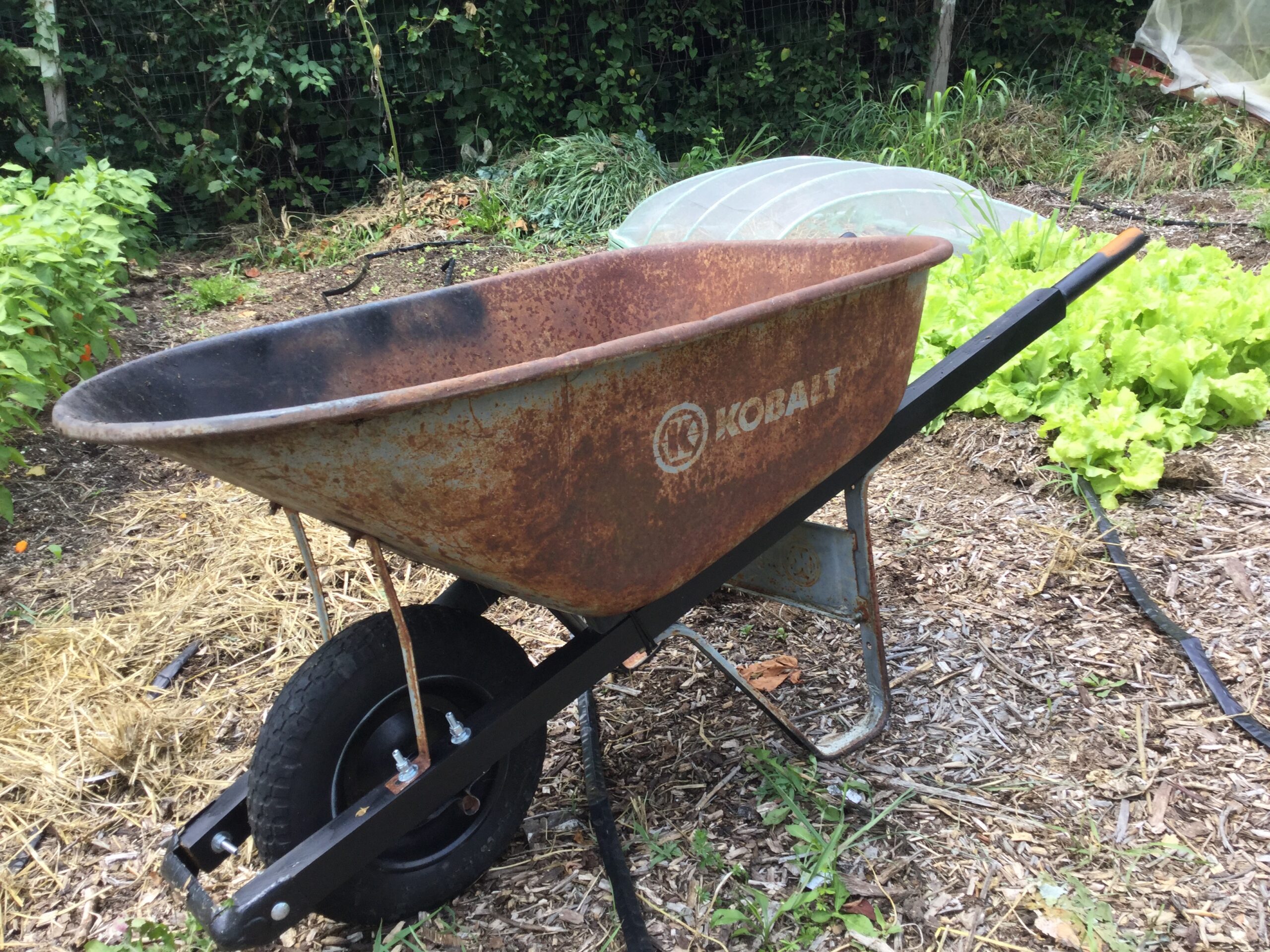
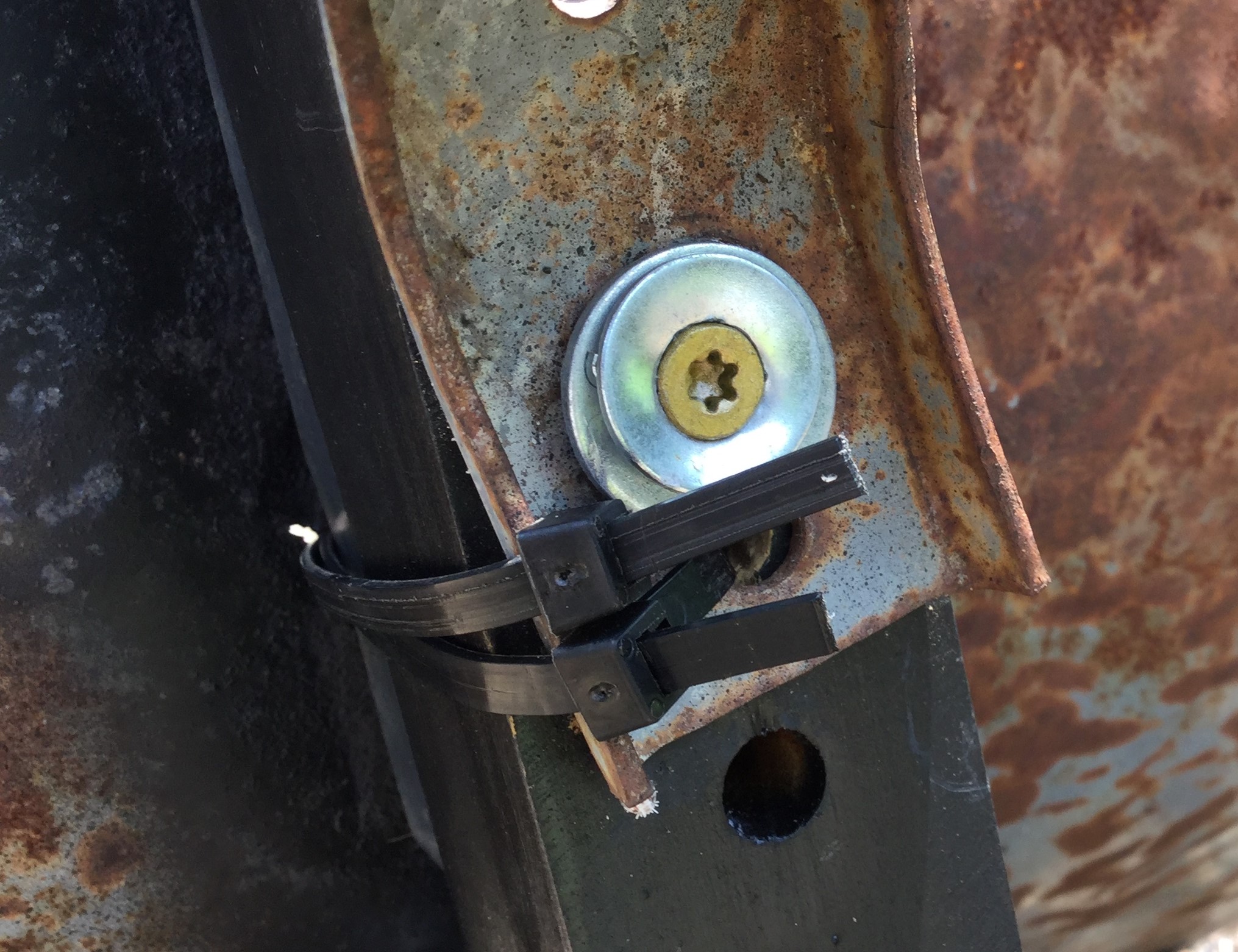
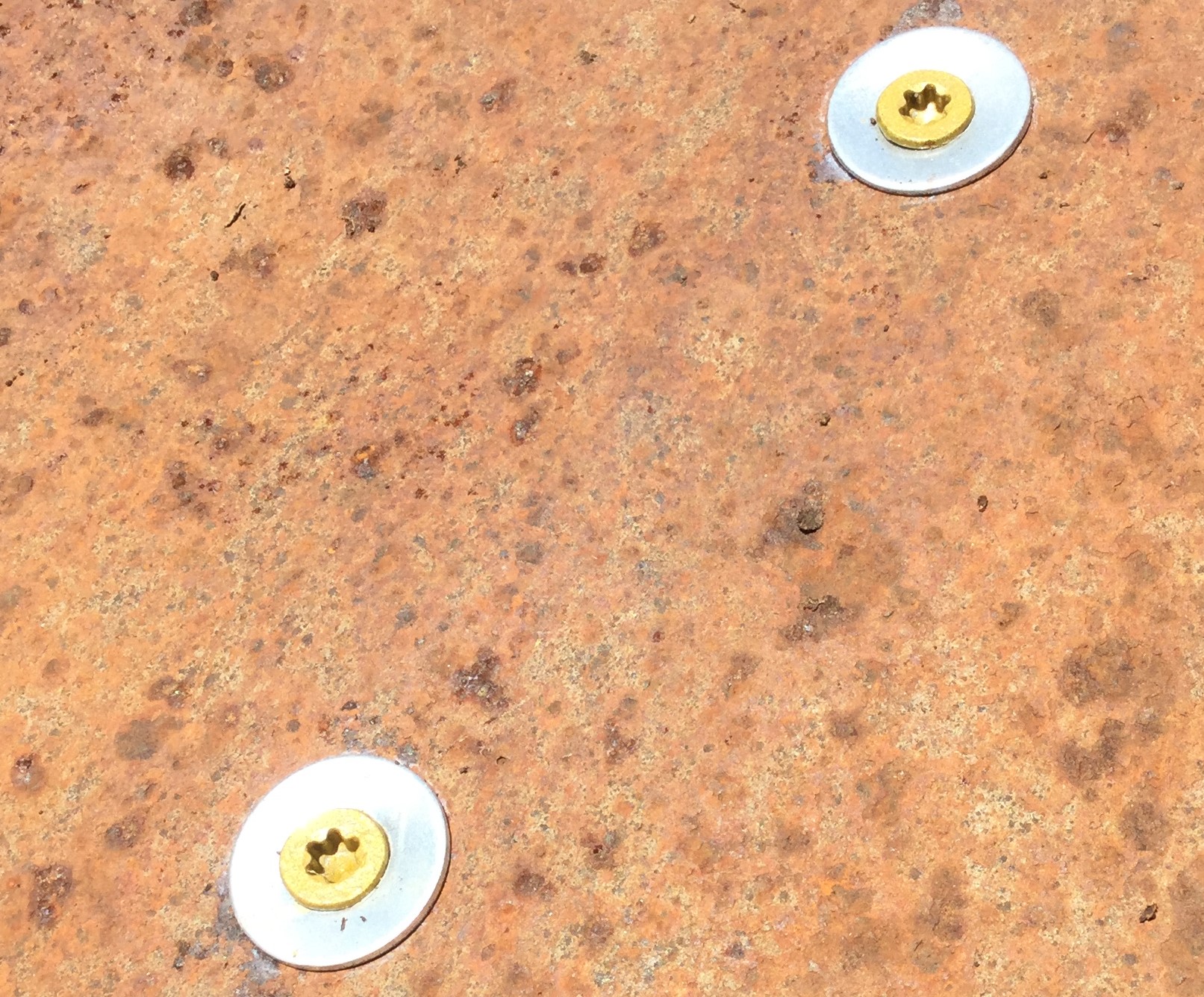
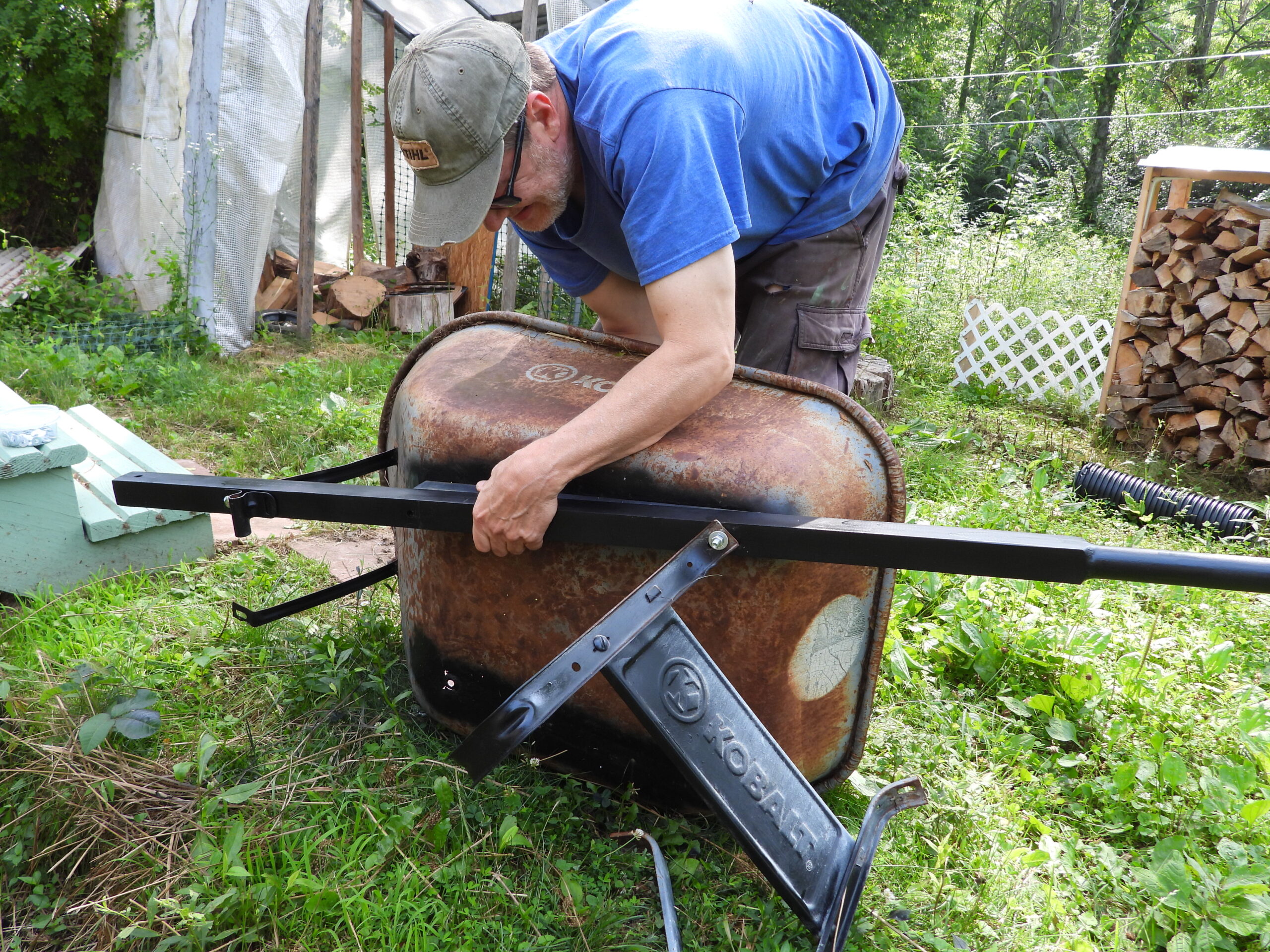
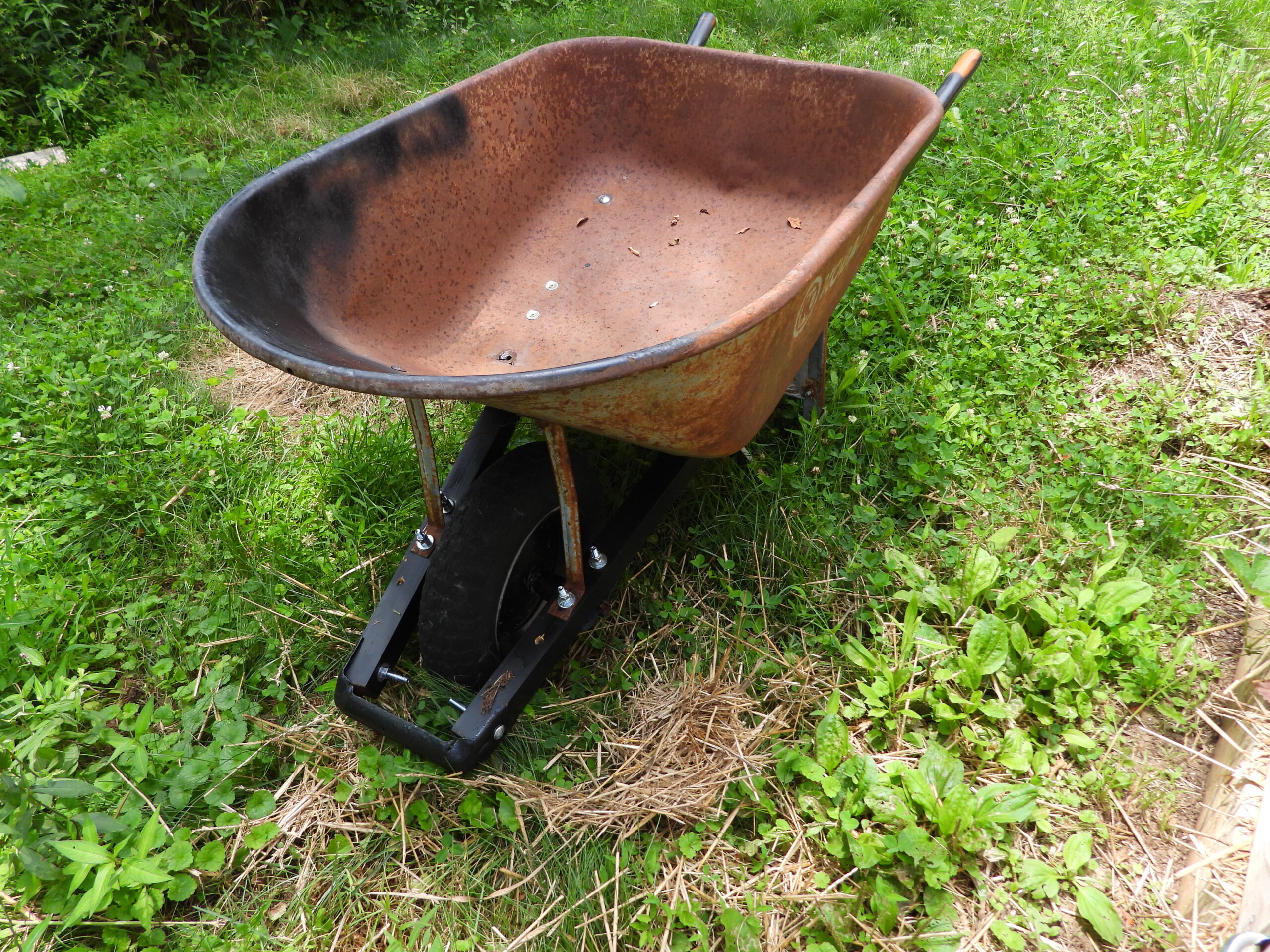
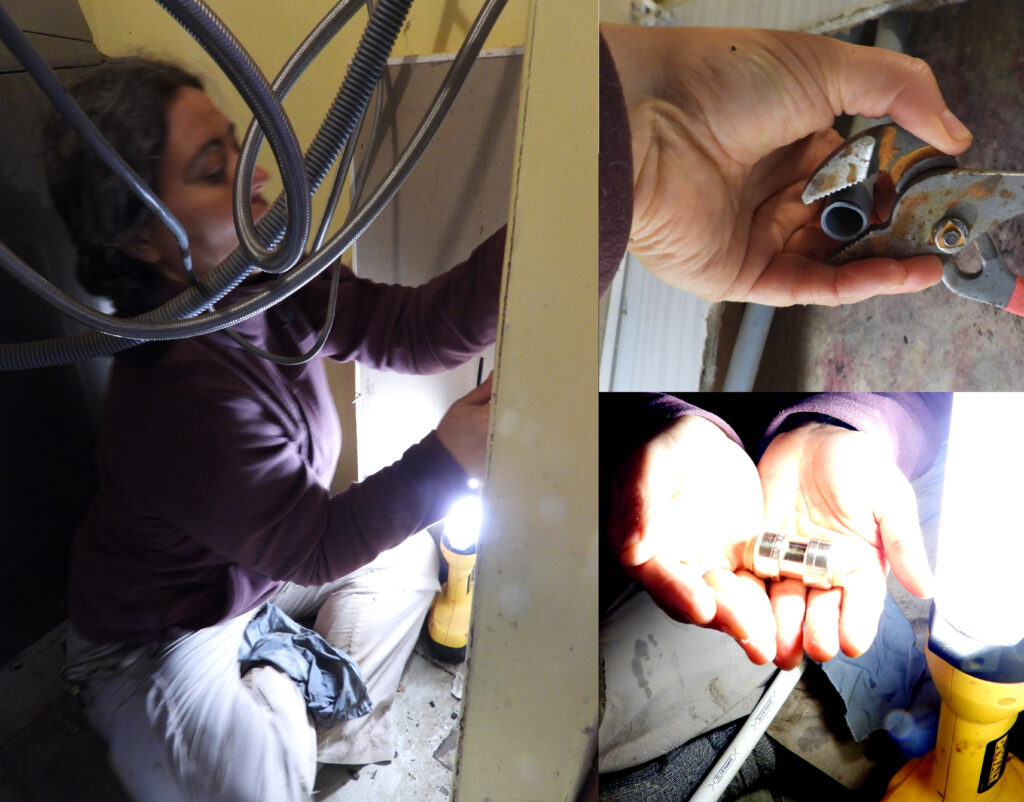
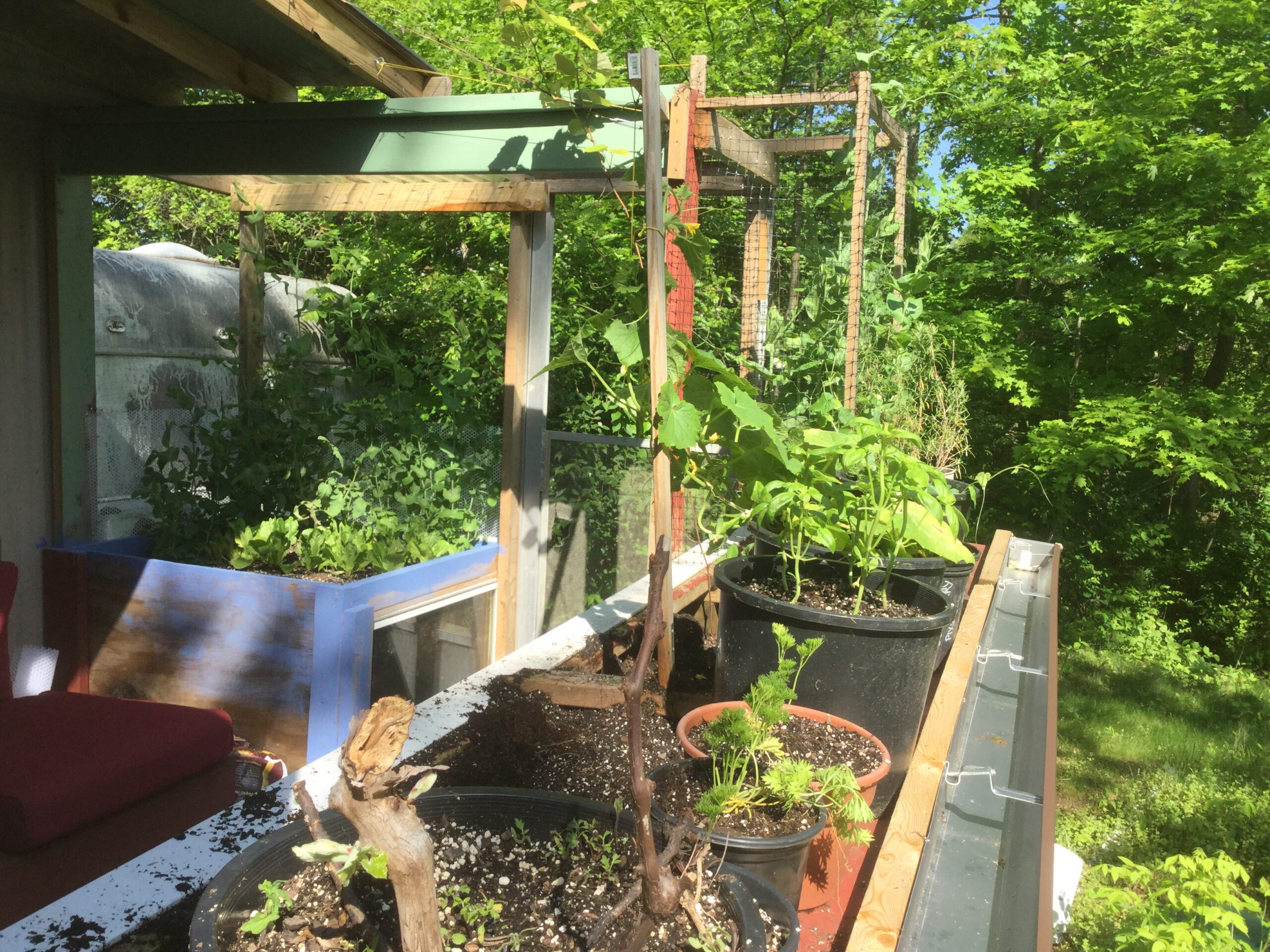
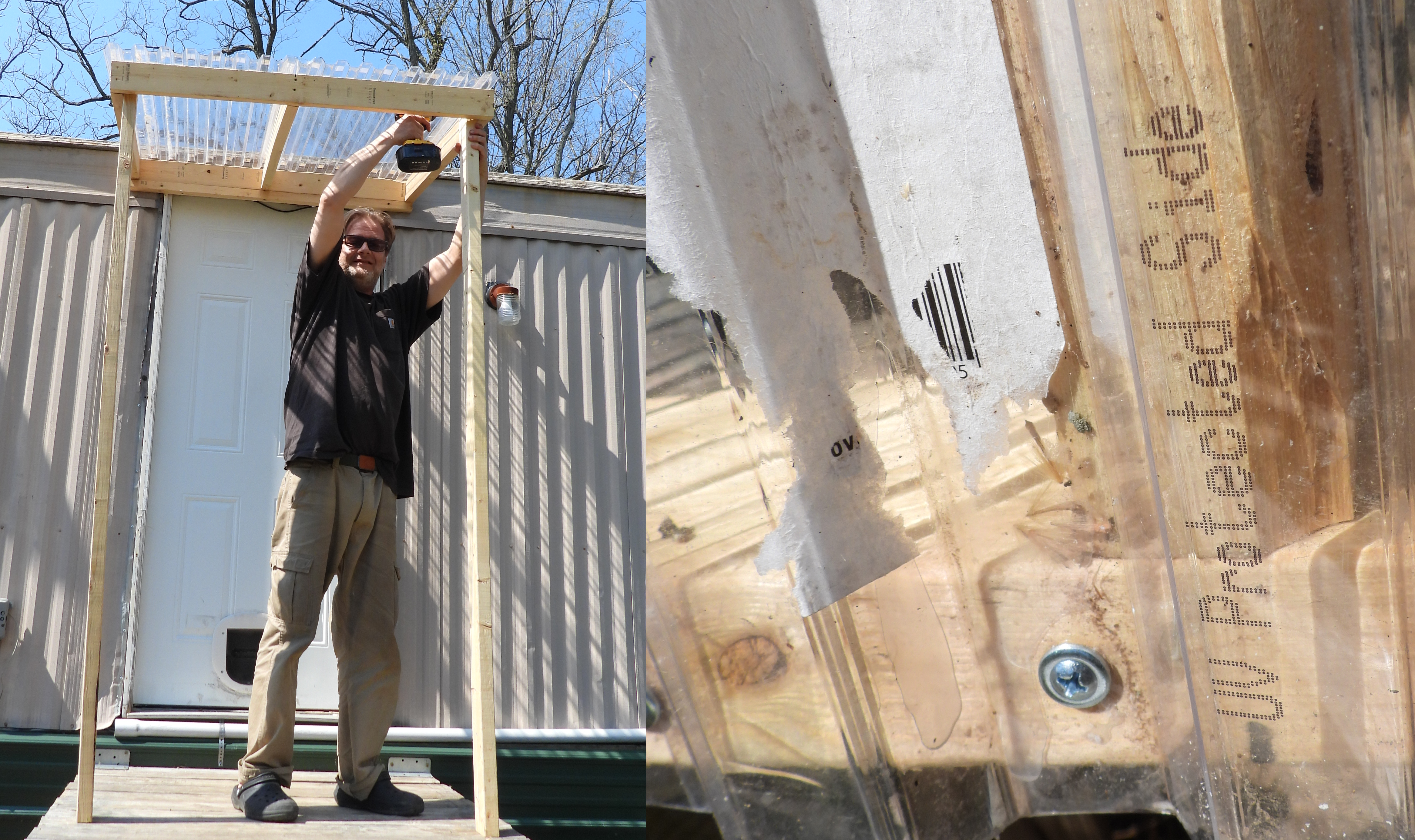
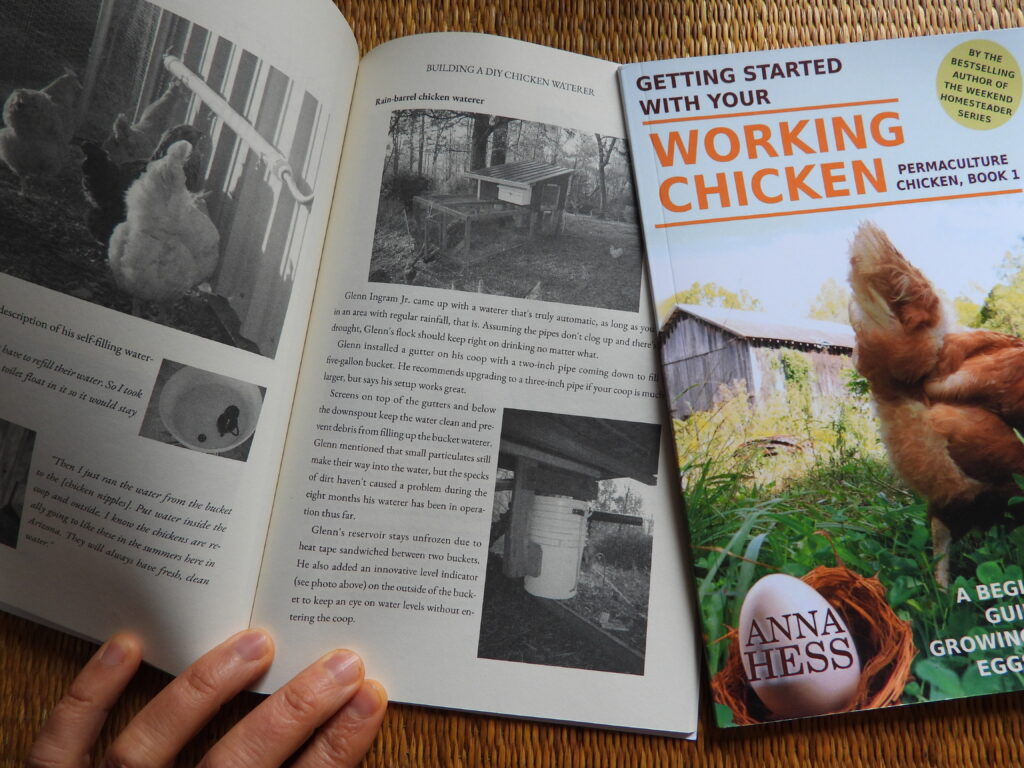
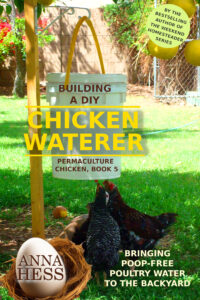
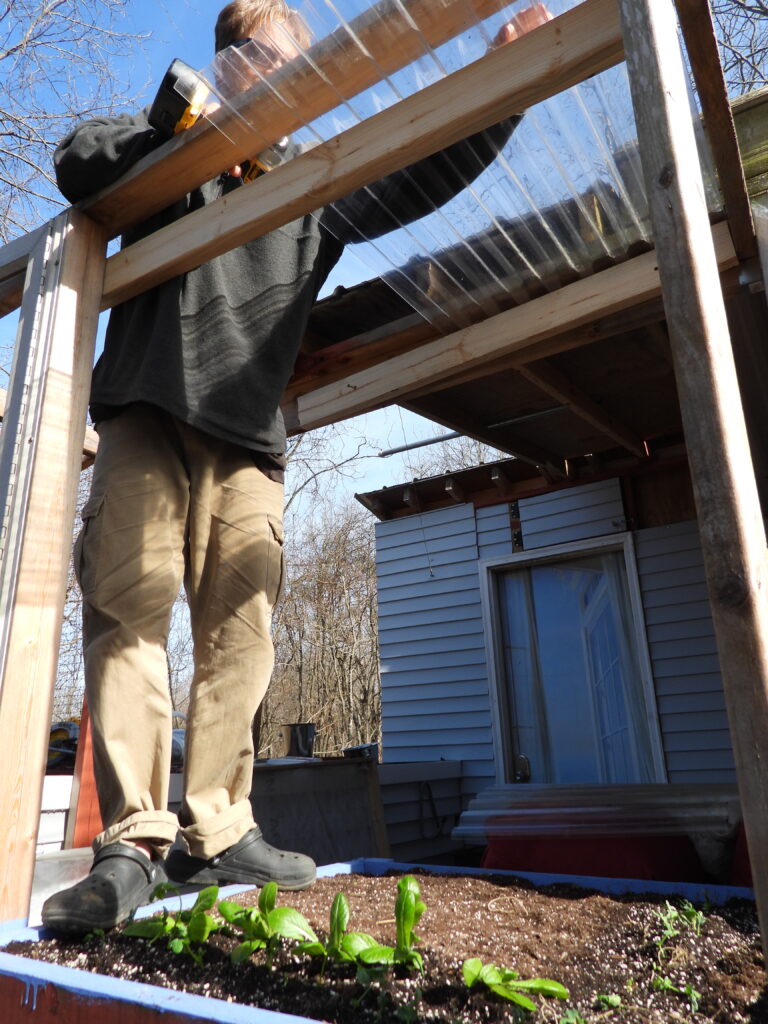 Meanwhile, we’ve been hard at work coming up with a new ebook in the Permaculture Chicken series.
Meanwhile, we’ve been hard at work coming up with a new ebook in the Permaculture Chicken series. 